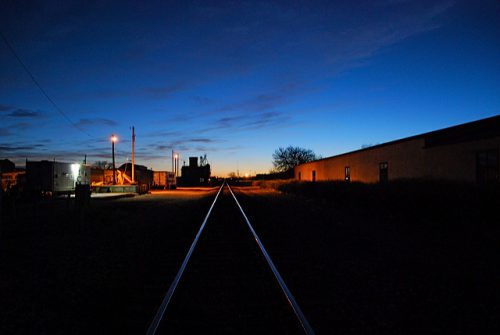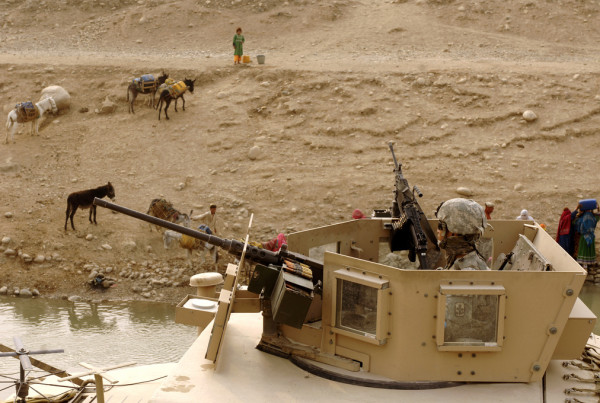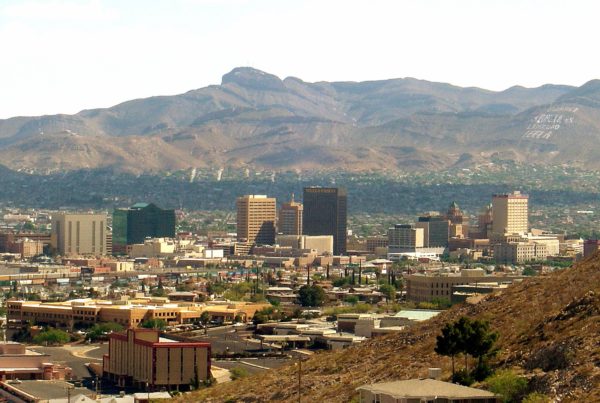From Marfa Public Radio:
In the remote areas of west Texas, the passing trains are among the few sounds that dare break the silence. Though the future of Amtrak in rural areas hangs in the balance, one old Texas rail line is getting a shot at a second life.
The South Orient Rail Line runs 391 miles from the U.S.-Mexico border in Presidio east through the Permian Basin. The line was first built back in the late 19th century but never became a major railway, partially because the connecting Mexican line wasn’t built until nearly a century later.
For years, the sections of the line not abandoned have been moving very little cargo.
“For the first ten years of our existence we really didn’t move any more than 2 to 4,000 rail cars on the line,” says Liz Grindstaff, vice president of sales and marketing for Texas-Pacífico, the company that operates the South Orient Rail Line under a lease and operating agreement with the Texas Department of Transportation.
“It was a very very sleepy line,” she says.
After years of minimal use, everything changed during the Permian Basin fracking boom in 2012, Grindstaff says. The line started to move rail cars of frac sands coming from the Midwest. Sections of the rail line went from moving 3,000 to 11,000 rail cars.
After steady growth, the amount of freight moving on the South Orient continues to increase.
“In 2017, we’re probably going to hit 45,000 cars,” Grindstaff says. “Our growth has been phenomenal, all of which has been tied to the Permian Basin and the activity.”
With this extraordinary spike in rail line use, now even the most remote stretches of the route will be rebuilt, including the Presidio-Ojinaga Rail Bridge that connects the South Orient to a rail line that runs to Chihuahua, Mexico, a manufacturing city of some 800,000 people.
Texas-Pacífico has several leads on which companies might be interested in using the line and bridge after they are rebuilt. Grindstaff said studies have shown that products like cotton and fertilizers may be transported on the line.
The line is also being considered for another export.
“What we’re seeing that we didn’t expect is producers in the Houston, Corpus Christi area that are interested in moving crude into northern and western Mexico using this gateway,” says Grindstaff.
The U.S. Department of Transportation is helping fund the reconstruction project. A $7 million FastLane grant was awarded earlier this month.
“This was the only Texas grant. This was only one of ten, nationally, that were awarded,” says Marc Williams, the Texas Department of Transportation deputy executive director. According to Williams, the grant was awarded in part because of existing private sector investment in the line.
“Texas-Pacífico has committed to pay for the reconstruction of the bridge at Presidio. A lot of the discussion in Washington has talked about seeking opportunities to leverage public and private partnerships, and we felt like that this is a good example of that, particularly in a rural area,” says Williams.
The total budget for the rail bridge and rail line reconstruction is an estimated $16.2 million. Williams says project construction should start in 2018.
















